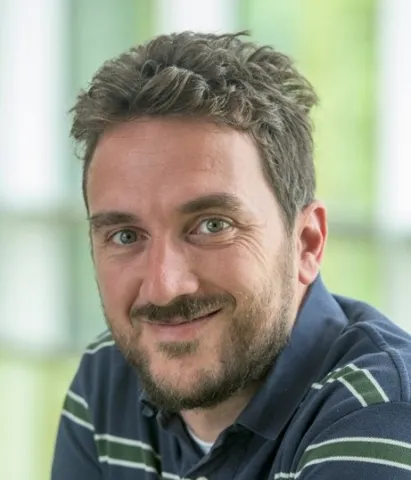About the project
At the Optoelectronics Research Centre, we are leading the world in developing a new generation of optical fibres that promise a revolution in applications ranging from optical communications to ultraprecise optical sensors. Our hollow-core optical fibres harness some truly intriguing physics to guide light in an air-filled core region over tens of kilometres distance and are now rivalling and outperforming standard optical fibres. However, their transformative potential in many areas remain largely unexplored.
This project will investigate how the new hollow-core fibres can process radio frequency (RF) signals with unprecedented accuracy and dynamic range, as required for a range of applications such as 6G networks, high-accuracy radars and communication links. This project will be carried out in collaboration with our industrial partner Leonardo UK.
Further information:
We have demonstrated that hollow-core fibres provide superior performance over standard optical fibres when transmitting RF signals over distances in excess of 1 km. Besides above-mentioned applications in telecom (6G networks), radars and communications, it is of interest in a larger range of applications, including, for example, synchronization of astronomic telescopes or identifying debris on runways. In these applications, lower nonlinear distortion, ability to transmit higher optical powers, low loss, and low latency are among the key advantages.
Further advantages not previously exploited is immunity of signal propagation time to environmental changes, which is offered by hollow-core fibres. A signal propagating through an optical fibre is generally considered to be immune to the external environment and associated disturbances. However, this is only true in terms of the signal intensity (power) – the time signal needs to propagate through the fibre depends on environmental changes like temperature variations. Hollow-core fibres perform significantly better in this particular property than traditional fibres.
Applications are welcome from candidates with a background in physics or engineering. We are looking for enthusiastic applicants that are keen to join a vibrant environment and looking to make a difference.. You will also have the opportunity for multiple placements at Leonardo UK to develop a greater understanding of the defence and aerospace sector as an end user and the skills required for taking research concepts out of the laboratory and progressing them towards a product.¬

